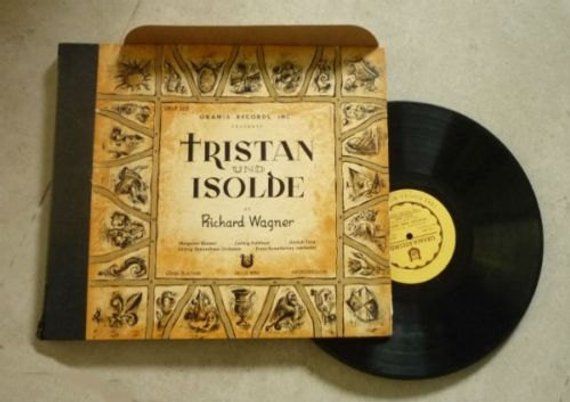Give famous people in history a new look by retouching some black and white portrait using AI technolgy? you got it!
Cutout.pro
It’s important to celebrate people with talent and a passion for art. It is important to recognize what art has given us: An escape from reality, a medium to channel our creativity and our human nature, and a way to express something you can’t even feel. Art can take us places. So did Salvador Dali, a famous Spanish painter, filmmaker, photographer, and sculpturer born in 1904.
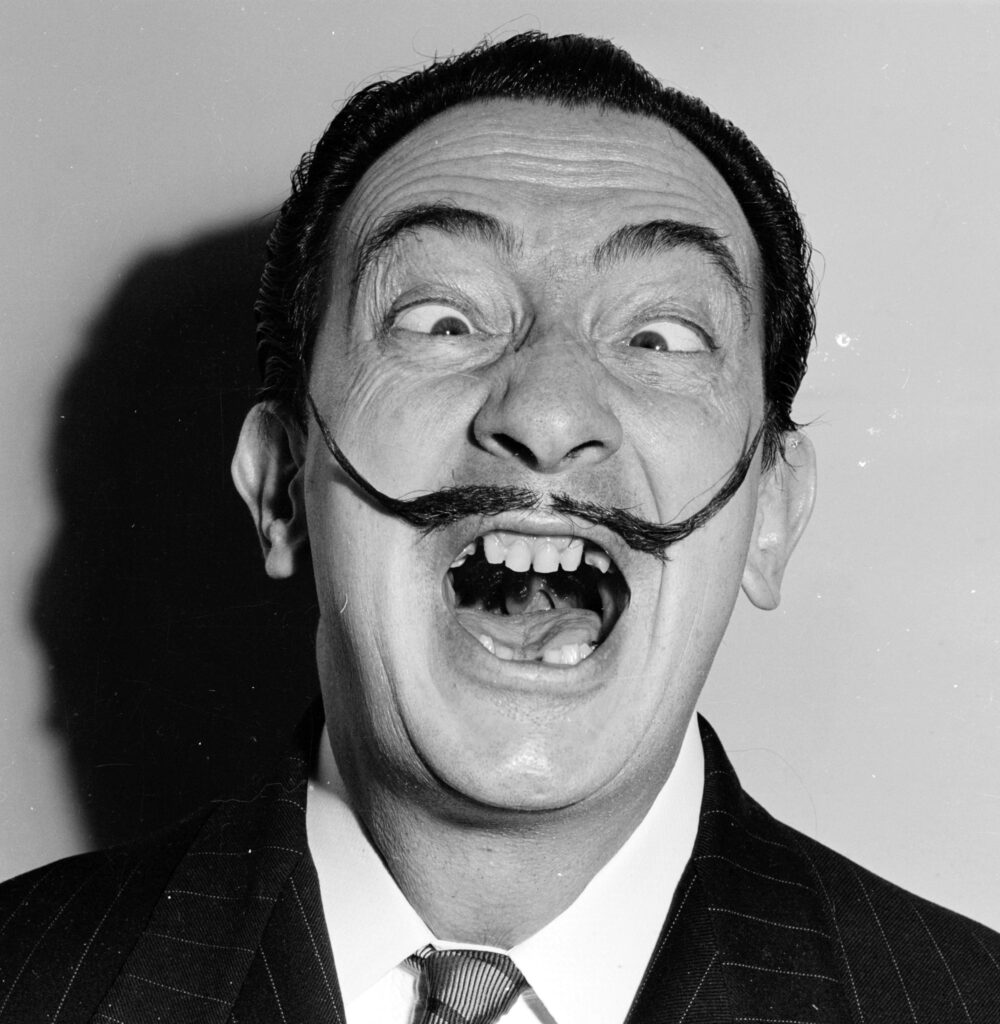
Spanish surrealist artist Salvador Dali 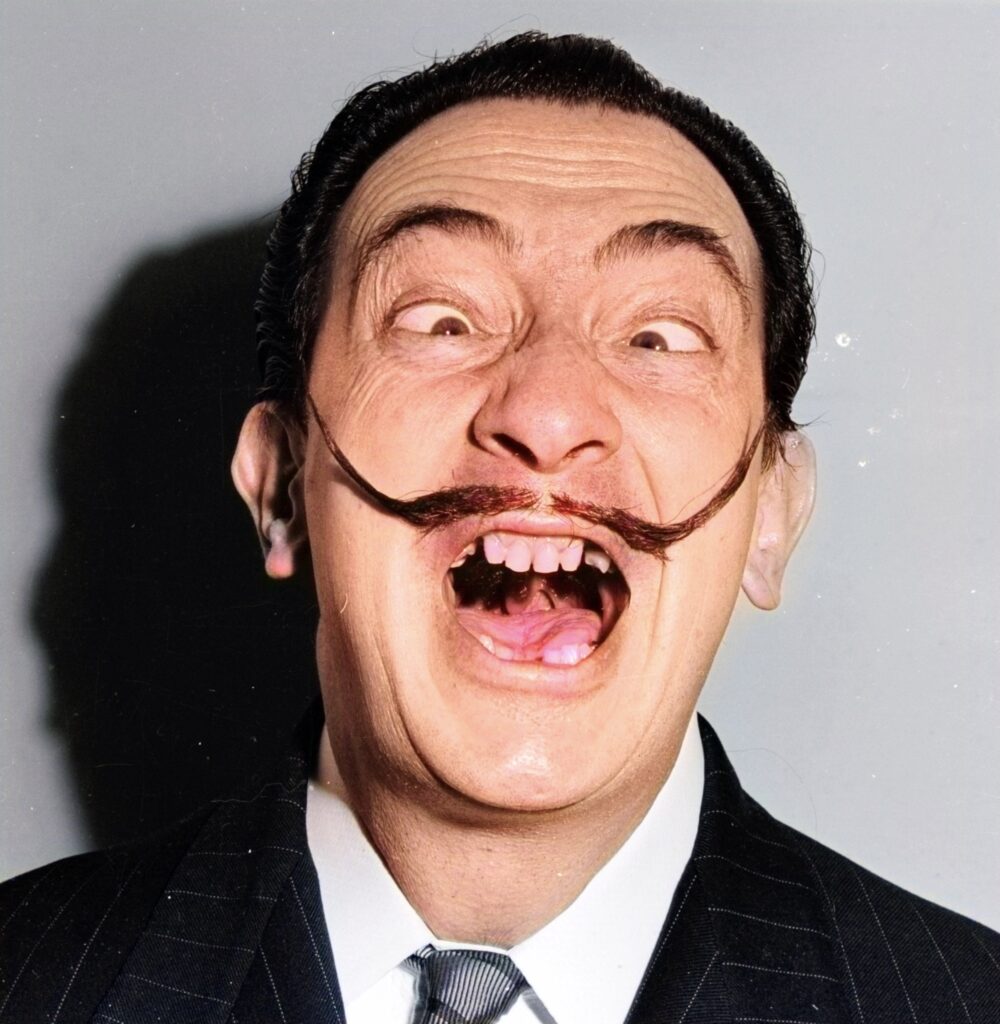
Dali Colorized by Cutout. pro
Early Life
Dali was born and raised in a middle-class family and his parents boosted his interest in arts by sending him to the Madrid School of Fine Arts. Dali was always inspired by his surroundings and by 16, he was a very keen artist. After his biggest loss of losing his mother when Dali was just 19, he enrolled in Sculpture and Engraving School of San Fernando in Madrid. In 1926, he was expelled from the academy for insulting one of his professors and this became the life-changing moment of Dali’s life. He visited Paris after a few months of going idle.
France was experiencing a revolution at that time and Paris was the center of it all. It was an artist’s heaven. There, he met Pablo Picasso and started taking an active interest in painting and viewing things from different angles and perspectives while studying the psychoanalytic concepts of Freud as well as metaphysical painters like Giorgio de Chirico and Surrealists like Joan Miró. This instantly affected him. His art started reflecting his deep analysis and observation from the subconscious part of the mind, His engaging and on-point choice of colors and ideas was dramatic. Altering reality and displaying perceptive versions.
Career Milestones
“Apparatus and Hand” was Dali’s first serious work of art and was published in 1927. It contained a symbolic and dream-like landscape which was an altered perception of reality and held a deeper philosophical meaning. This became the painting style for Salvador Dali and his painting signature.

Apparatus and Hand is an odd painting as it contains several parts such as a hand, eyes, legs, and hand on the top of various geometrical figures e.g., triangle, square, and circles. On the left of the figure is a donkey with flies attacking its stomach. This represents the decomposition of a creature while on the right is a posed lady. You can also see fading female ghost on the side of the figure. These figures show the erotic thought process of the artist, which was quite common in those times. Apart from that, a common theme of work, Onanism is represented by the hand on top of the figure’s geometrical head.
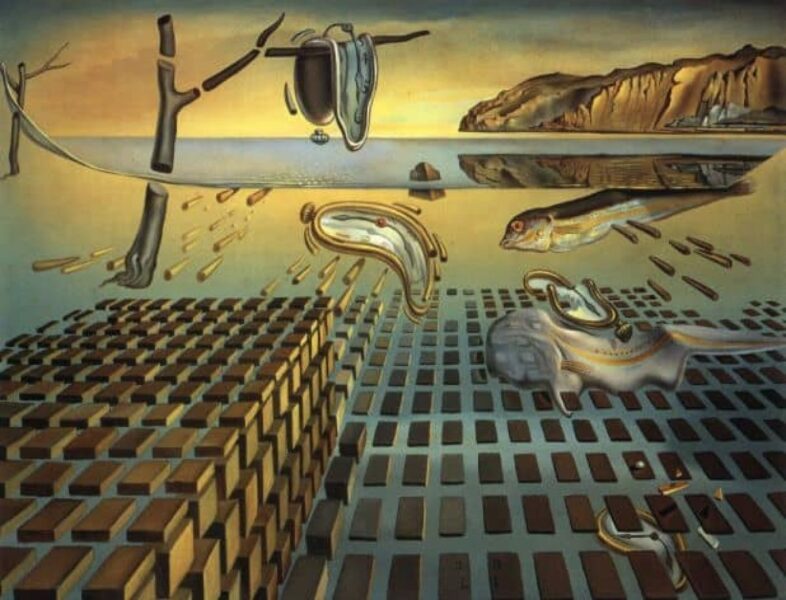
Dali became very famous among Persian Surrealists when he partnered up with the famous filmmaker Luis Buñuel for Un Chien Andalou. They sent Paul Elaurd along with his wife Gala to recruit Dali to the Surrealists. Shortly after that, Gala and Dali got secretly involved, resulting in Dala’s divorce. Dala later became Dali’s wife, his biggest passion, and her business manager. She has been with Dali, her whole life.
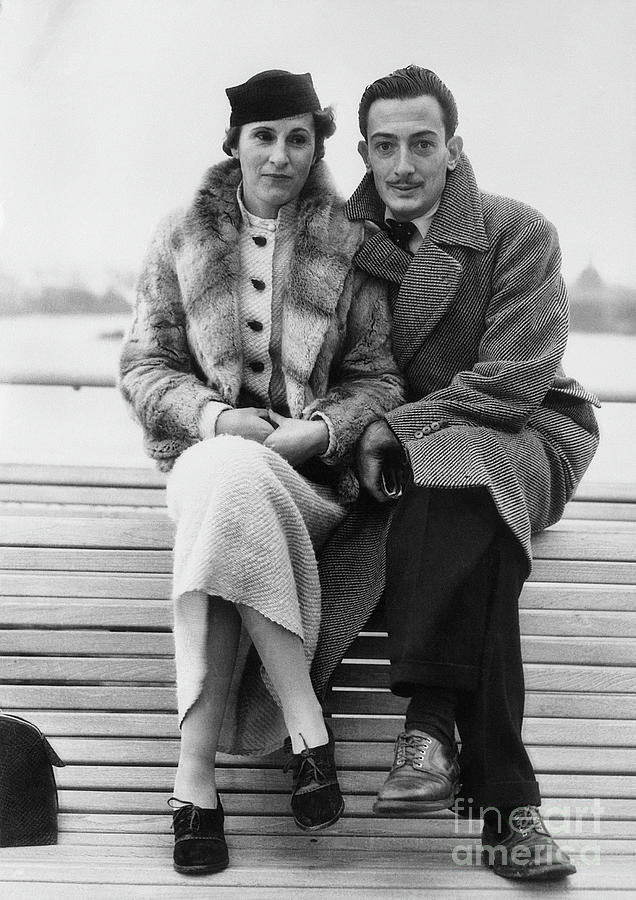
Dali and Gala 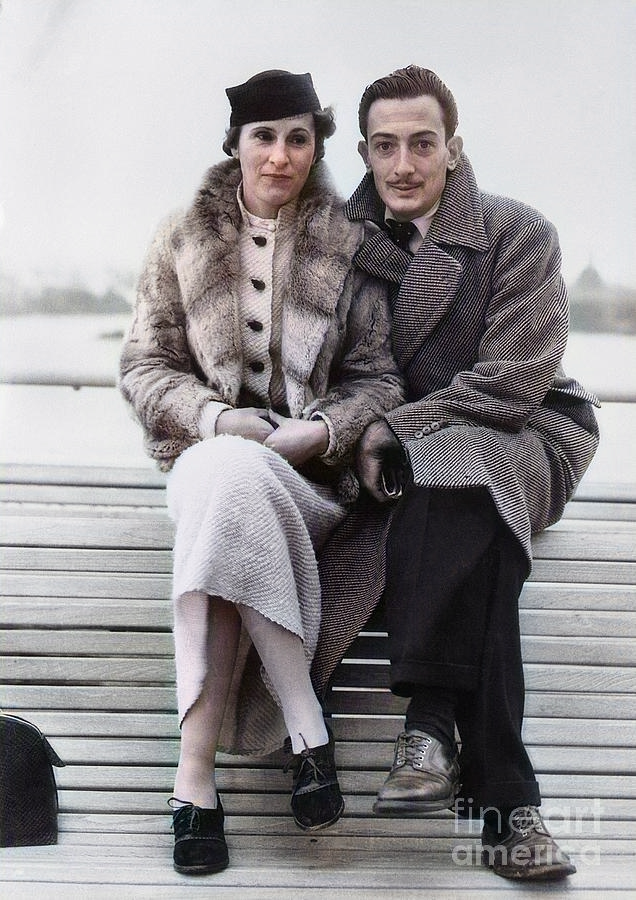
Dali and Gala colorized by Cutout.pro
After the first encounter with Paul Elaurd, Dali was invited to Paris by Andre Breton to join Surrealists. He was deeply influenced by the ideas of Surrealists and wrote that “Surrealism is destructive, but it destroys only what it considers to be shackles limiting our vision.” His paintings started revealing his passion for automatism in which the conscious mind loses control over the creative process and letting the subconscious mind take the charge.
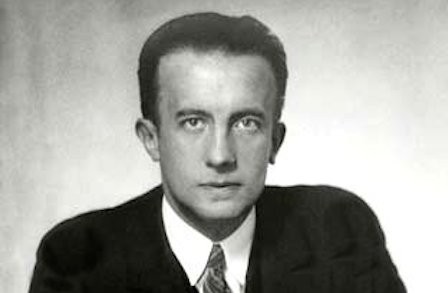
Paul Elaurd, 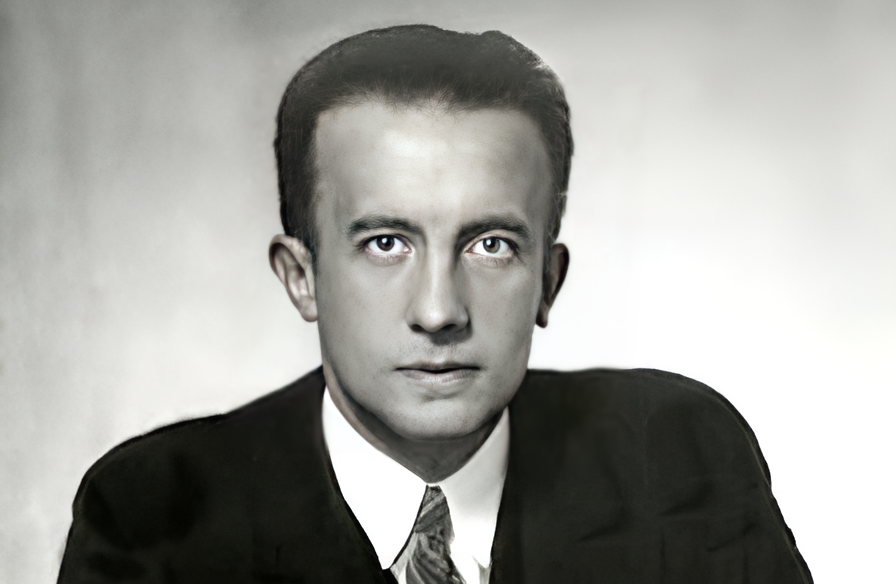
Paul Elaurd Portrait enhanced by Cutout.pro
Dali took this concept further and created his automatism. They would engage in a self-imposed paranoia state and then use the irrational energy from their subconscious mind to draw the inspiration from. This was highly creative and add a way of artistic expression. From there, he picked his signature painting style of painting real objects with a touch of optical illusion as he sees them in the subconscious and irrational part of the brain. He thought that people will find instant deeper meaning with his paintings as the subconscious language is universal and people will instantly resonate the image with something in the back of their minds. He wrote, “it speaks with the vocabulary of the great vital constants, sexual instinct, feeling of death, physical notion of the enigma of space – these vital constants are universally echoed in every human.”
For supporting Fascism and Adolf Hitler, Dali was shunned out of the Surrealists group. Fellow surrealists felt betrayed by Dali’s odd political association. Apart from that, he was also one of the very few Spanish artists to support the Franco regime.
In the following years, Dalí traveled widely and practiced more traditional painting styles that drew on his love of canonized painters like Gustave Courbet and Jan Vermeer. He got huge fame and recognition among the rich and In 1938, Coco Chanel invited Dalí to her home, “La Pausa,” on the French Riviera where he painted extensively. Later on, he moved to the United States of America and wrote his autobiography titled “The Secret Life of Salvador Dalí.” in 1942. In the later part of his life, Dali continued to fuel his experimentation and produced several types of artworks. His success meant an entry into Hollywood but sadly, he couldn’t make a name in the cinema industry. However, the famous director Alfred Hitchcock asked Dali to create the dream sequence in his thriller Spellbound (1945).
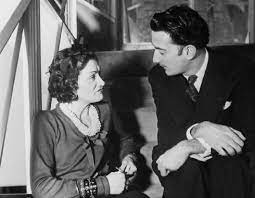
Coco Chanel and Dalí 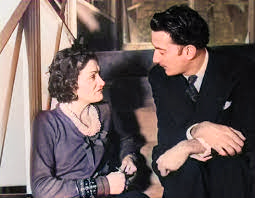
Coco Chanel and Dalí Colorized by Cutout.pro
After being cast out from his family home due to the disrespect he did of his mother in an interview, Dalí purchased a small seaside house in the nearby fishing village of Port Lligat. Slowly, he bought all the nearby houses there and soon transformed the whole place into a villa. When he and Gala came back from the US in 1948, they shifted to that house and spent the next three decades of their lives there.
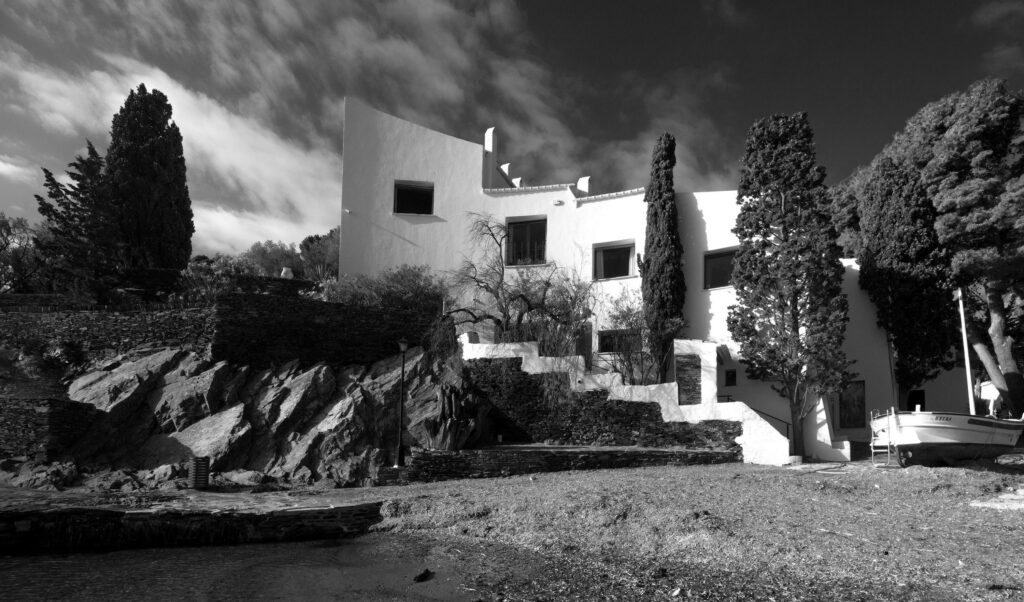
Dalí’s Home at Port Lligat 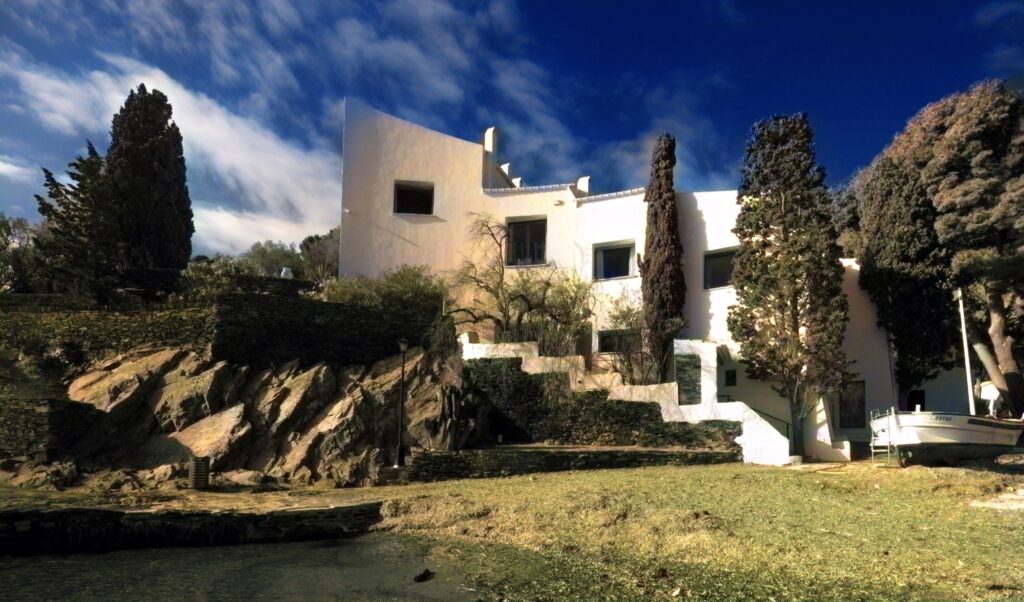
Dalí’s Home at Port Lligat Colorized by Cutout.pro
Dali’s work kept growing and expanding with the creation of the Dali Museum and Dali theatre. Dali put up his artwork in his museum as a legacy. On January 23, 1989, Dalí died of heart failure while listening to his favorite record, Tristan and Isolde. He is buried beneath the museum that he built in Figueres.
